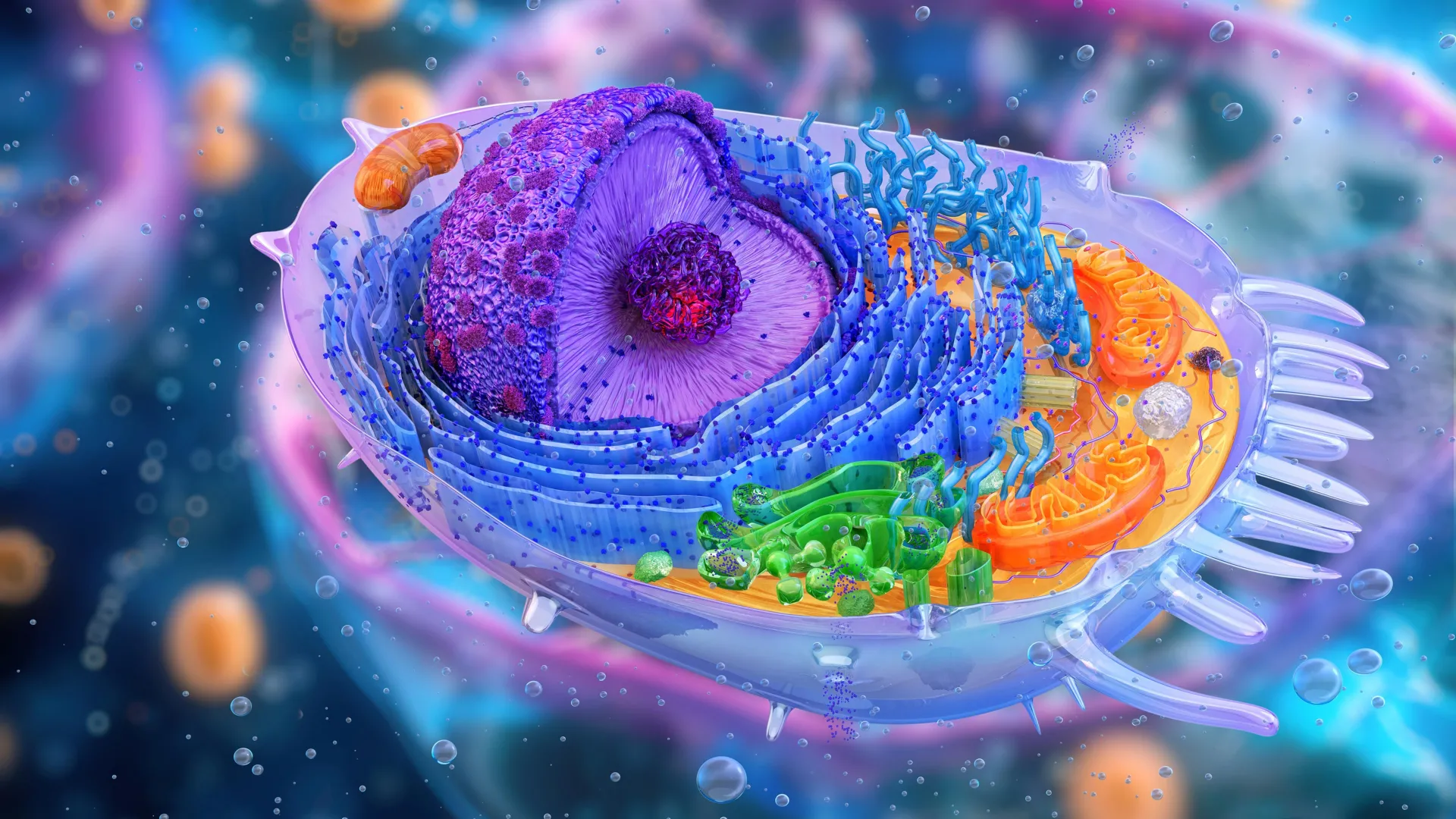By Futurist Thomas Frey
What if our medical future looked less like guesswork and more like guaranteed foresight? A leap forward just landed. McGill University researchers have unveiled DOLPHIN AI, a tool capable of uncovering hundreds of “invisible” cancer markers within individual cells—markers that conventional methods routinely miss.
This discovery isn’t just incremental. It signals a paradigm shift: from treating disease when it becomes visible, to diagnosing it before it ever crosses the threshold of detectability. The ripples of that change will cascade through healthcare, insurance, biotech, and the very way we live.
Beyond the Gene: Seeing Cellular Complexity
Traditional diagnostics collapse the complexity of RNA expression into gene-level counts, losing nuance about how genes are spliced, how exons connect, and how subtle molecular variations unfold. DOLPHIN moves past that. It reads into exon splice patterns and junction reads, capturing hidden gaps in our cellular logic that often presage disease.
In tests on pancreatic cancer patients, DOLPHIN detected more than 800 disease markers that conventional tools missed—and more importantly, distinguished between high-risk and lower-risk cases, giving clinicians not just signals but direction. ScienceDaily
In effect, DOLPHIN offers a microscope inside the cell’s decision-making process, not just a snapshot of symptoms.
From Detection to Virtual Disease Worlds
The implication: DOLPHIN isn’t only a razor-sharp diagnostic tool—it’s a foundational step toward virtually modeling cells. Scientists hope to simulate how a patient’s cells will respond to drugs, stressors, or mutations—all before a treatment ever touches the body. ScienceDaily
By scaling this to millions of cell types, we edge closer to personalized virtual organs—synthesized cellular environments where treatments are tested in seconds, not years. It’s a shift from treating bodies to engineering personalized biological universes.
The Scale of the Opportunity
Even today, late diagnoses cost lives and money. In pancreatic cancer, for instance, 5-year survival rates lag well below 15%, largely due to late-stage detection. Suppose DOLPHIN or similar tools enabled earlier staging. That survival rate might double—or more.
In other domains, early detection translates to massive ROI. For example:
- In breast cancer, MRI + genomic screening tools are already showing 20–30% improvements in early detection rates.
- Liquid biopsies, though still imperfect, detect tumor DNA before tumors become symptomatic—proof that earlier is better.
- In cardiology and neurology, researchers are hunting markers years before disease onset.
With DOLPHIN, the shift is deeper. It’s not just earlier detection—it’s invisible diagnosis.
The Dominoes That Will Fall
Let’s imagine the systemic impact:
- Oncology & personalized medicine: Treatment becomes stratified not just by stage but by cellular idiosyncrasy. Wasted trials, side effects, and guesswork become rare.
- Pharma models shift: Drug development moves toward fine-tuning molecules for subcellular splice networks and reaction pathways.
- Insurance recalibration: Risk models have to evolve from population-level stats to individualized molecular risk.
- Diagnostics industry upended: Many diagnostic firms will pivot or perish; labs must adopt tools like DOLPHIN or face obsolescence.
- Ethical boundaries strained: If we can see disease before symptoms arise, do you want to know—or not? What about privacy of your cellular blueprint?
Resistance, Risks & the Battle for Access
Of course, breakthroughs this powerful will ignite struggle. Key challenges:
- False positives and overdiagnosis—finding a marker doesn’t always translate into dangerous disease.
- Data privacy and consent—a biometric profile of your cells is deeply personal.
- Unequal access—will only elite healthcare systems or wealthy patients benefit first?
- Regulatory lag—ethics, protocols, validation, and oversight will struggle to keep pace.
The real test won’t be whether DOLPHIN works—but whether society lets it work for everyone.
Final Thoughts
DOLPHIN AI may yet become one of those pivotal inflection points in medical history—when the invisible became visible, when treatment shifted from reaction to prediction, when disease lost its essence of mystery.
We must not treat this as merely a better test. This is the dawn of a future in which cellular destinies are readable, modifiable, and negotiable. Who governs that power—what is ethical, equitable, expressive—will define health, identity, and life itself in the decades ahead.
Read more on related topics:
- Robot Programmed to Act Like a Child: The Therapeutic Frontier
- The Birth of the AI-Agent Economy: Who Builds the Builders?


